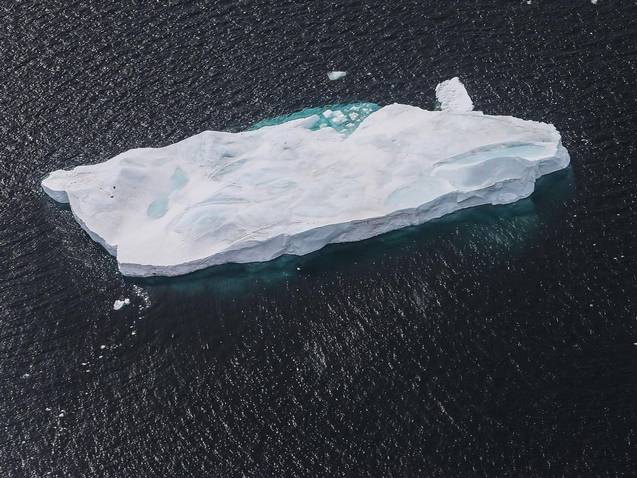The Independent - Josh Gabbatiss
‘There is a 93 per cent chance that global warming will exceed 4C by the end of this century,’ lead scientist says
 |
| The results suggest that the Paris Climate Agreement may be overly ambitious. Getty |
Current predictions of
climate change may significantly underestimate the speed and severity of
global warming, according to a new study.
Reappraisal of the models climate scientists use to
determine future warming has revealed that less optimistic estimates are
more realistic.
The results suggest that the
Paris Climate Agreement, which aims to keep global average temperatures from rising by 2C, may be overly ambitious.
“Our study indicates that if emissions follow a commonly
used business-as-usual scenario, there is a 93 per cent chance that
global warming will exceed 4C by the end of this century,” said Dr Ken
Caldeira, an atmospheric scientist at the Carnegie Institution for
Science, who co-authored the new study.
This likelihood is an increase on past estimates, which placed it at 62 per cent.
 |
| Hanna Petursdottir examines a cave inside the Svinafellsjokull glacier in Iceland, which she said had been growing rapidly. Since 2000, the size of glaciers on Iceland has reduced by 12 per cent. Tom Schifanella |
Climate models are vital tools for scientists attempting to
understand the impacts of greenhouse-gas emissions. They are constructed
using fundamental knowledge of physics and the world’s climate.
But the climate system is incredibly complex, and as a result there is disagreement about how best to model key aspects of it.
This means scientists have produced dozens of climate models
predicting a range of different global warming outcomes resulting from
greenhouse-gas emissions.
Based on a “business-as-usual” scenario in which emissions
continue at the same rate, climate models range in their predictions
from a 3.2C increase in global temperatures to a 5.9C increase
The new study, published in the journal
Nature, sought to resolve this situation and establish whether the upper or lower estimates are more accurate.
To do this, Dr Caldeira and his collaborator Dr Patrick
Brown reasoned that the most accurate models would be the ones that were
best at simulating climate patterns in the recent past.
“It makes sense that the models that do the best job at
simulating today’s observations might be the models with the most
reliable predictions,” said Dr Caldeira.
Their conclusion was that models with higher estimates were
more likely to be accurate, with the most likely degree of warming 0.5C
higher than previous best estimates.
Other climate scientists have responded favourably to the new research.
“There have been many previous studies trying to compare
climate models with measurements of past surface-temperature, but these
have not proved very conclusive in reducing the uncertainty in the range
of future temperature projections,” said Professor William Collins, a
meteorologist at the University of Reading who was not involved in the
study.
According to Professor Collins, this work “breaks the issue down into the fundamental building blocks of climate change”.
The research by Dr Brown and Dr Caldeira focuses specifically on models of energy flow from Earth to space, as measured by
satellites.
They suggest that the amount of sunlight reflected away from
the planet by clouds will decrease as the world gets warmer, increasing
the magnitude of climate change.
“So we are now more certain about the future climate, but
the bad news is that it will be warmer than we thought,” said Professor
Collins.
According to Professor Mark Maslin, a climatologist at
University College London who was not involved in the study, these
results could mean “cutting carbon emissions deeper and faster than
previously thought”.
“To achieve these targets the climate negotiations must
ensure that the global emissions-cuts start as planned in 2020 and
continue every single year thereafter,” said Professor Maslin.
However, experts also warn that there is need for caution when predicting such complex phenomena as climate change.
“This is only one line of evidence,” said Professor Piers
Forster, a climate-change specialist at the University of Leeds who was
not involved in the study.
“Other lines of evidence based on the historically observed
warming suggest the simulations with slightly cooler projections may fit
best. We need to consider all the lines of evidence before we jump to
conclusions.”
Links



